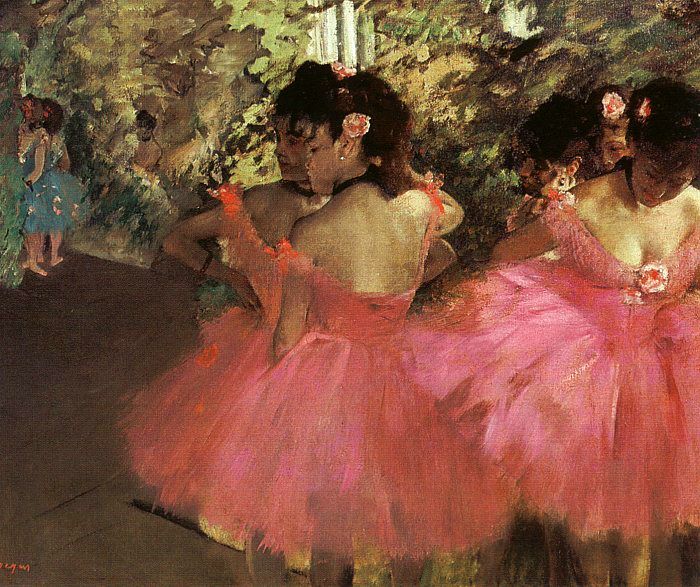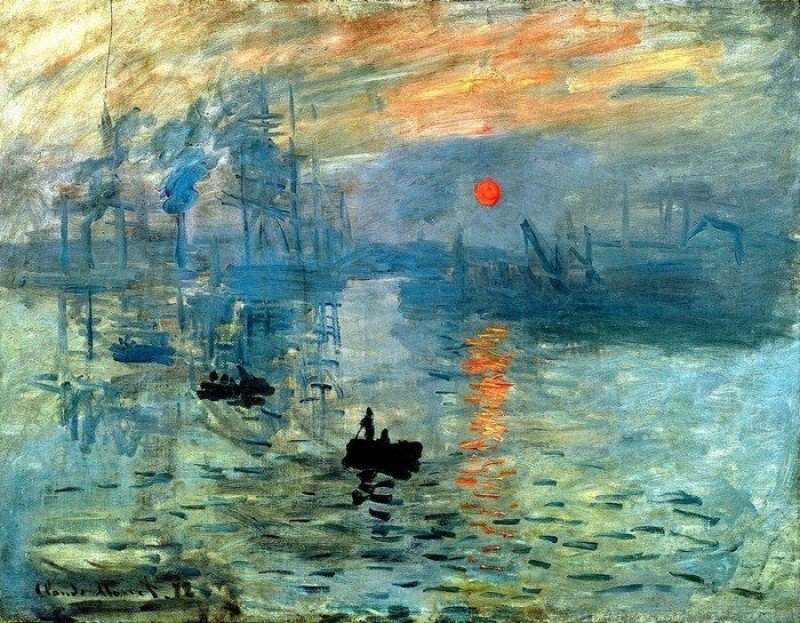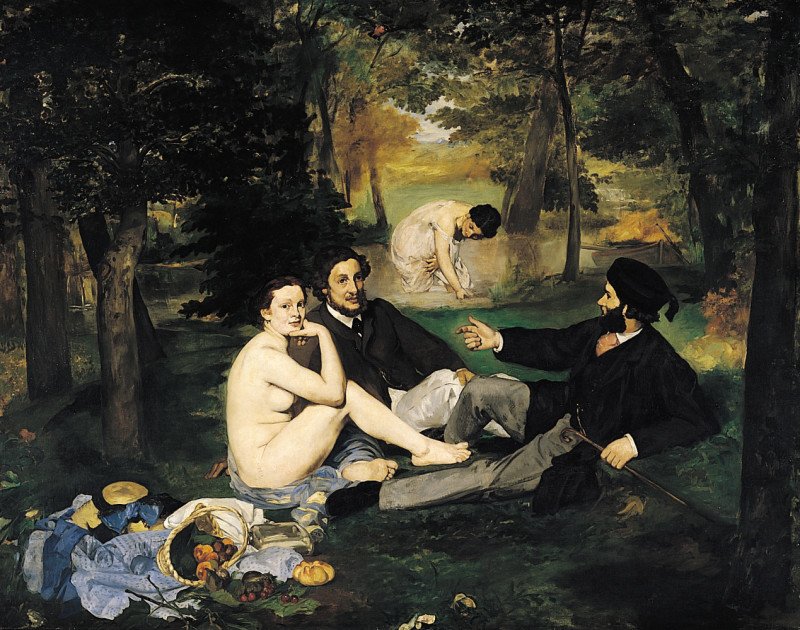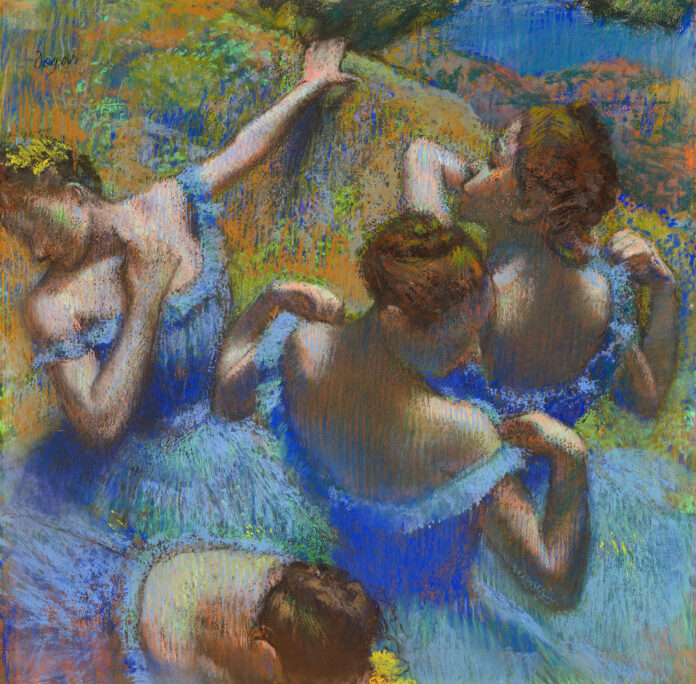Impressionism is an art movement that originated in France in the 1860s. The central figures of this trend were Cezanne, Degas, Manet, Monet, Pissarro, Renoir, and Sisley, and the contribution of each of them to its development is unique.
The Impressionists opposed the conventions of classicism, romanticism, and academism, asserted the beauty of everyday reality, and simple, democratic motives, achieved a lively authenticity of the image and tried to capture the “impression” of what the eye sees at a particular moment.
The artists of the Impressionist art period did not touch upon acute social or philosophical topics, they were mostly landscapes or people in everyday life. Particular attention was paid to the transmission of light and the play of colors.

The most typical theme for the Impressionists is the landscape, but they also touched on many other topics in their work. Degas, for example, depicted races, ballerinas, and laundresses, and Renoir depicted charming women and children.
In impressionistic landscapes created in the open air, a simple, everyday motif is often transformed by an all-pervading moving light, which brings a sense of festivity to the painting. The Impressionists were the first to create a multifaceted picture of the everyday life of a modern city, capturing the originality of its landscape and the appearance of the people inhabiting it, their way of life, work, and entertainment.
The name “Impressionism” arose after the 1874 exhibition in Paris, which exhibited Monet’s painting “Impression. Rising Sun” (1872). Thus Claude Monet is considered the painter who started impressionism.

Over seven Impressionist exhibitions were held between 1876 and 1886. At the end of the latter, only Monet continued to follow the ideals of Impressionism.
Edouard Manet was one of the pioneers. He waited a long time for his recognition. At that time, the public wanted to see exquisite portraits and still lifes that would decorate the interior of their homes, but Manet wanted to paint modern realities.
In his painting “Breakfast on the Grass”, he depicted two dandies with courtesans. Before him, no one painted courtesans sitting next to respectable citizens. Although many spent their leisure time this way. This was the modern reality. The picture was accused of vulgarity.

The Impressionists were innovators, unafraid of commercial failure or a break from tradition. At the beginning of the 20th century, new trends appeared and many artists turned their backs on impressionism. But the movement left a rich legacy and hundreds of beautiful works.

























